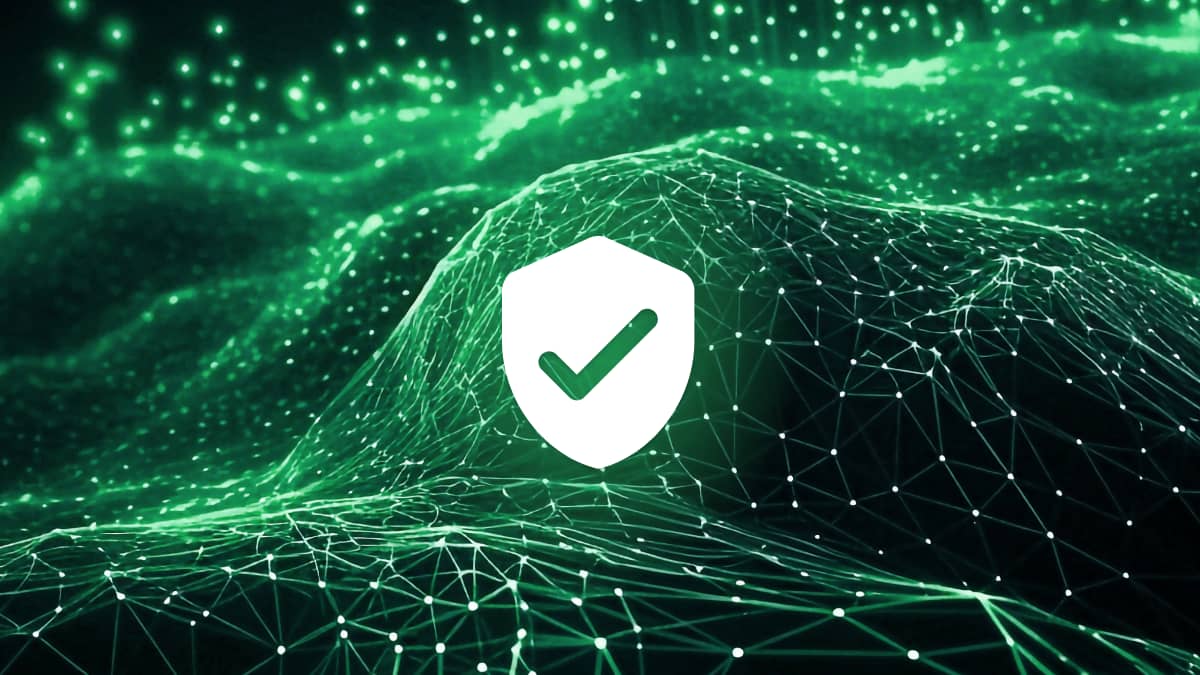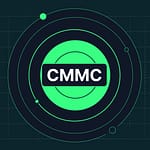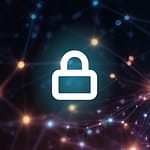Medium and large organizations that operate in the European Union (EU) have just months to comply with NIS2, the EU’s latest and most stringent piece of cybersecurity legislation yet.
Here, we’ll explore how data loss prevention (DLP) can help businesses meet NIS2 compliance requirements before the October deadline.
Key focus areas of NIS2
NIS2’s requirements are split into four overarching categories along with 10 baseline security measures.
NIS2: overarching categories
- Organizational and risk management measures: Organizations must design and implement cybersecurity and risk management strategies to safeguard their digital infrastructure from malicious actors.
- Technical and organizational measures: Organizations must implement required security controls and regular information security training to enhance their cybersecurity posture.
- Incident reporting: Organizations must notify relevant authorities of significant cybersecurity events within 24 hours.
- Information sharing: Organizations must share cybersecurity threat insights with the NIS2 ecosystem to improve EU-wide cyber resilience.
NIS2: security measures
- Organizations must conduct risk assessments and establish security policies for information systems.
- Organizations must measure the effectiveness of security implementations through regular policies and procedures.
- Organizations must establish policies and procedures for cryptography and encryption.
- Organizations must craft detailed incident response plans.
- Organizations must ensure system security during development and operation through practices like vulnerability management and reporting.
- Organizations must implement cybersecurity training along with basic cybersecurity hygiene principles like robust passwords and the principle of least privilege.
- Where employees have access to sensitive information, organizations must establish policies for data access. Organizations must also have real-time visibility and control over sensitive data.
- Organizations must combine incident response planning with regular backups and business continuity strategies.
- Organizations must implement multi-factor authentication, single-sign on and so forth where appropriate.
- Organizations must take a cyber-aware approach to supply chain risk management, ensuring appropriate security measures are applied to every supplier relationship.
Data loss prevention can help with NIS2 compliance
While meeting all of these requirements seems overwhelming at first, organizations can use modern data loss prevention (DLP) tools to satisfy several requirements at once. These are:
- Establishing security controls for information systems and measuring their effectiveness
- Enforcing encryption policies
- Delivering cybersecurity training through automated nudges
- Limiting employee access to sensitive data based on the principle of least privilege
- Limiting authorized access to sensitive data based on contextual factors such as the place of log-in, the time of log-in, and the action in question
- Providing real-time visibility and control over sensitive data
Next-gen DLP enables organizations to meet all of these requirements by bringing security to the data level. These tools use artificial intelligence, encryption, and user behavior analytics to monitor sensitive data 24/7.
When a user tries to access this information, the DLP tool assesses the validity of the access request based on the user’s privileges and other contextual factors. If a user or action is deemed risky, the DLP tool will automatically block or redact the request.
Best-in-class tools have prevention mechanisms with educational prompts that teach users about cyber hygiene and secure data handling.
Choosing a DLP tool for NIS2
Not all DLP tools are created equal. To meet NIS2 compliance before the deadline, organizations should look for solutions that meet three essential criteria:
- Utilizes natural language processing (NLP): NLP enhances the effectiveness and accuracy of DLP tools. Regular expressions can produce false positives and struggle to discover unstructured information. NLP applies DLP to all forms of workplace data, including PDFs, chat files, images, etc.
- Extends data protection to cloud applications: Slack, Microsoft Teams, and Google Workspace are where most workplace communication takes place today. DLP tools need to work in these cloud applications for holistic protection.
- Is easy to implement: With time of the essence, opt for a solution that is fast and easy to deploy. Low-code or no-code tools with policy templates make implementation easier.
Polymer is a data leakage prevention solution for cloud apps and generative AI. The platform uses advanced machine learning (ML) techniques like NLP to protect sensitive data from leaking and prevent unauthorized access. Polymer also fosters a culture of security and compliance through active learning—nudging users at the point of violation to provide training.
Run a fast, free risk scan to assess your NIS2 compliance now.









